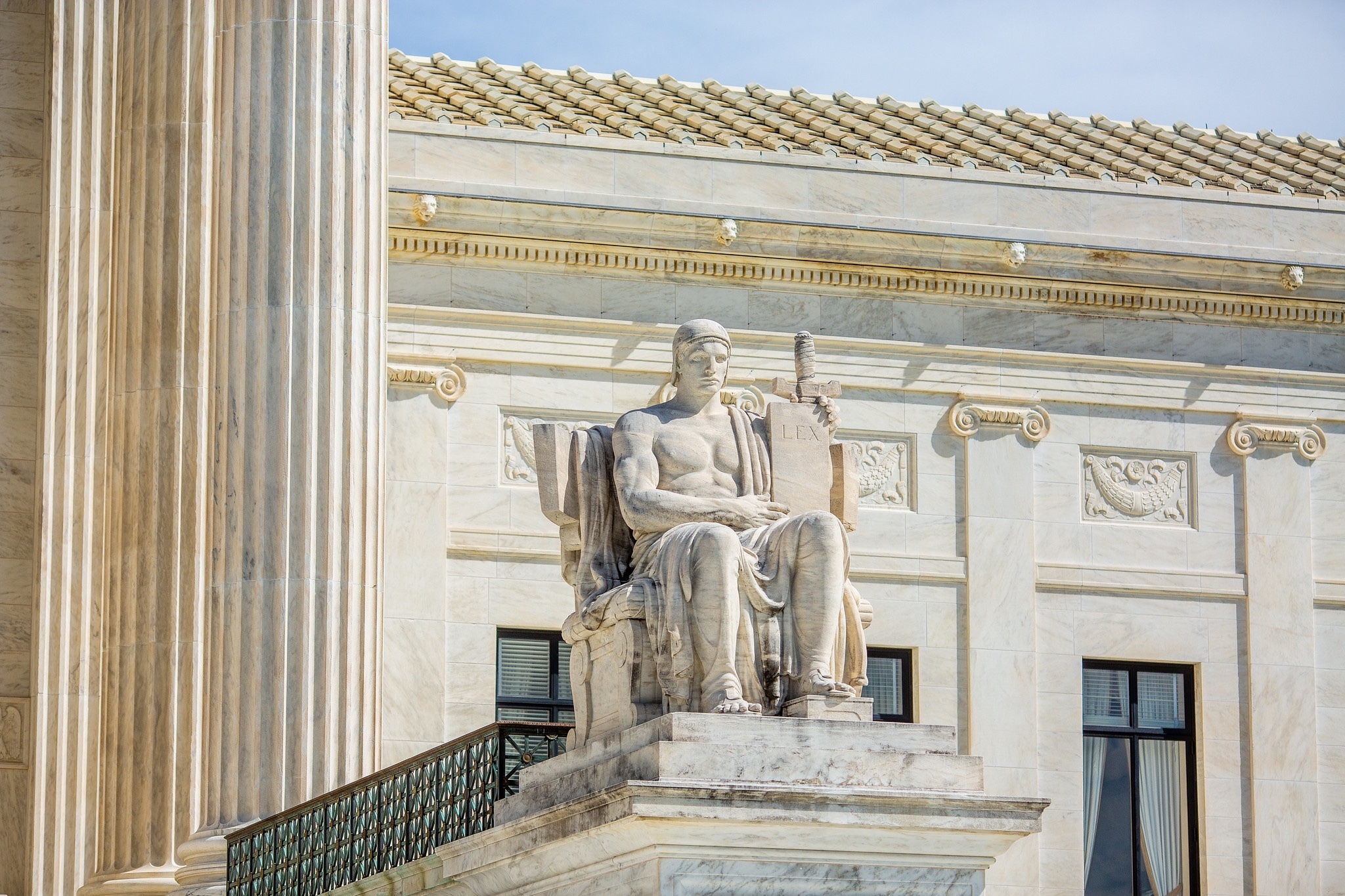- cross-posted to:
- news
- cross-posted to:
- news
In a major ruling, the Supreme Court on Friday cut back sharply on the power of federal agencies to interpret the laws they administer and ruled that courts should rely on their own interpretion of ambiguous laws.


On a completely unrelated note when is the third season of The Gilded Age coming out?
No clue what sparked the connection as I haven’t seen the show, but it looks like sometime this year. No official date has been announced. Hope this helps.
ChatGPT: